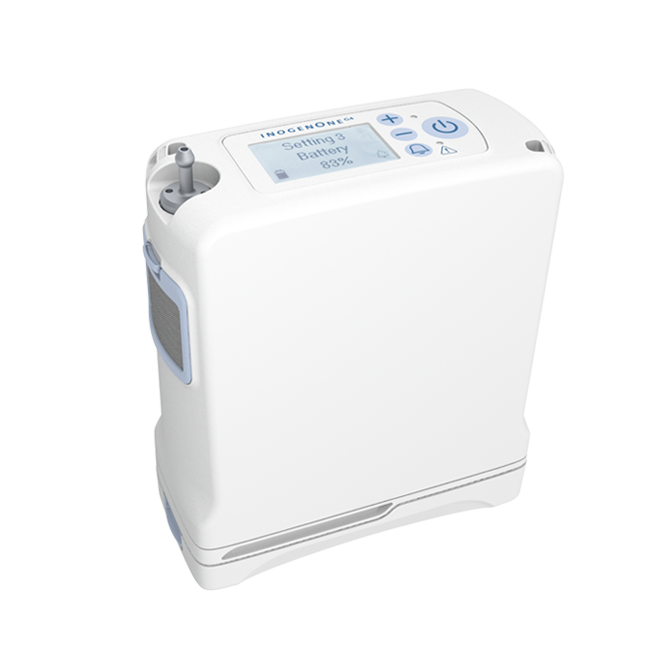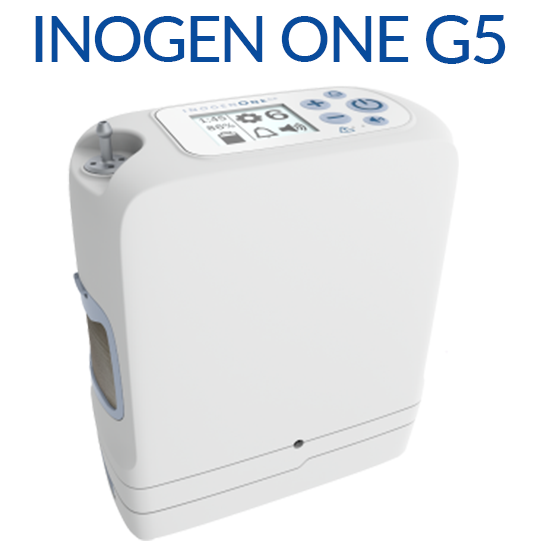The Of Portable Oxygen Concentrators
Table of Contents7 Easy Facts About Portable Oxygen Concentrators ExplainedTop Guidelines Of Portable Oxygen ConcentratorsA Biased View of Portable Oxygen ConcentratorsThe Facts About Portable Oxygen Concentrators Uncovered
Stationary oxygen concentrators were as soon as the standard, yet these containers could weigh 50 extra pounds and were extremely troublesome (Portable Oxygen Concentrators). Now, portable oxygen concentrators do the job, and they can fit right into a handbag or handbag! The only thing you should remember is that mobile concentrators have extra restricted oxygen distribution capacitiesThere are 2 major kinds of portable oxygen concentrators: pulse dosage and continual flow. As the name recommends, pulse dosage concentrators offer oxygen intermittently, only triggering when you inhale. This sort of tool is typically suggested for COPD patients with minimal oxygen demands, as the amount of O2 that a pulse dose concentrator can provide is relatively reduced.
This tool can supply up to 3,000 m, L of oxygen every min, while pulse dose tools have a tendency to cap out at 1250 m, L. Continual flow tools are the go-to for a lot of COPD patients, as they're suitable for individuals that need two to 5 liters of oxygen a min.
Since you have this overview to the various sorts of mobile oxygen devices, choose the most effective tool with the assistance of your physician. You can discover our blogs to get more information about the kinds of mobile oxygen offered and our other products, like tubes and cannulas. Or you can contact us directly with any specific inquiries you might have.
Some Known Factual Statements About Portable Oxygen Concentrators
We questioned how well these portable oxygen concentrators would function in medical facilities. POC concentrators raise the proportion of oxygen in ambient air people breathe in, whenever they require an increase.
When it concerns mobile oxygen treatment, there are 2 primary choices for shipment. These are mobile oxygen cylinders which include pressed oxygen gas, or oxygen concentrators, which make use of a battery powered system to compress and filter air, in order to create a consistent supply of focused oxygen. In this article, AMS Composite Cylinders Technical Director, Tony Morrin, compares the two, considering the advantages and disadvantages of each oxygen shipment system for NHS clinical oxygen users in terms of individual autonomy.
:max_bytes(150000):strip_icc()/VW-Health-v1-The-8-Best-Portable-Oxygen-Concentrators-of-2021-0328568b645b4950bcfb302c408de971.jpg)
Mobile Oxygen Concentrator Oxygen purity is continually greater when supplied from cyndrical tubes it never ever goes down below 99. 6%, no matter the flow price required. In battery-powered concentrators, purity is impacted by circulation price, and might be 90% or less, depending upon the equipment. Whilst oxygen concentrators can be useful for individuals that call for a reduced flow of oxygen, cylinders supply greater concentrations that can be better for patients with high flow requirements.
See This Report about Portable Oxygen Concentrators
Both systems call for the client to lug around devices. For cyndrical tubes, this will certainly consist of carrying a bag (and occasionally a cart) and for portable oxygen concentrators this will certainly consist of the bag, cart and power battery charger. Weight wise, mobile oxygen concentrators can be comparable in weight, or in some cases, lighter than standard aluminium cylinder systems.
They will have to boost significantly if they are to supply the exact same level of our website performance as similar composite cyndrical tubes. Oxygen always carries a security risk. On one hand, should cyndrical tubes spring a leakage, they can develop an oxygen rich environment that could cause a rise in fire threat.

The distinction is that there are substantial upfront expenses to acquiring a mobile oxygen concentrator, but reduced running expenses using cyndrical tubes enables the purchaser to spread the cost over a prolonged amount of time. One minor downside of a mobile oxygen concentrator is the noise mobile systems make a substantial amount of sound during procedure, which numerous clients find distracting.
The Ultimate Guide To Portable Oxygen Concentrators

Our high-quality carbon composite cyndrical tubes provide high read this article pressure (300 Bar), low weight, and NLL (Non-Limited Life) performance, and are recognized for use worldwide. More information about AMS Compound Cylinders Ltd can be found at .
Oxygen concentrators are designed with customer flexibility in mind. Whether it's a desktop version for home use or a smaller, light-weight version for on-the-go, these tools permit individuals to move freely without being tethered to a fixed system. Specifically for the ones specifically made for mobility, clients can bring them around, helping with travel and everyday activities effortlessly.
Among the significant comforts of making use of an oxygen concentrator is the elimination of the constant requirement to re-fill oxygen containers. This not just reduces the logistical difficulties and persistent expenses associated with refills yet also makes sure that the individual has an extra predictable and constant source of oxygen. Oxygen concentrators are made to fit flawlessly right into the home setting.